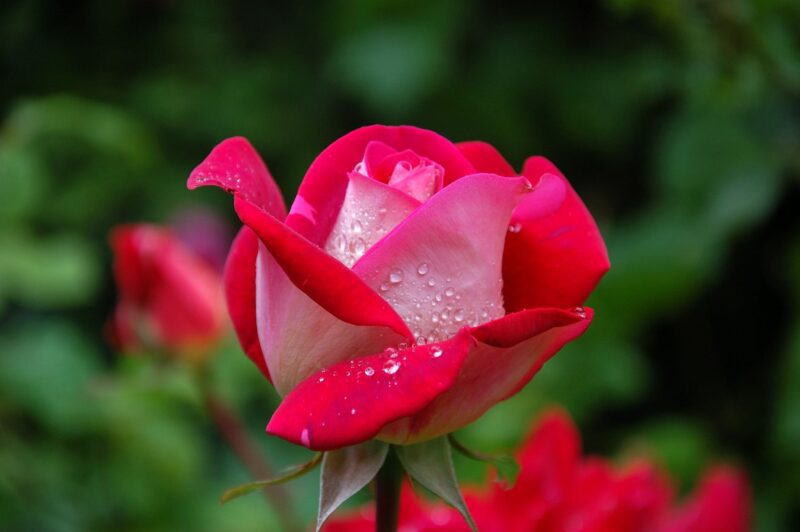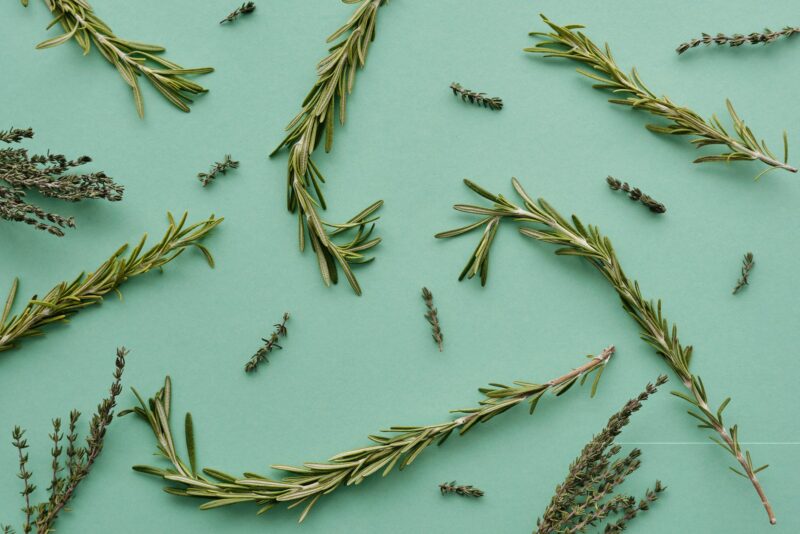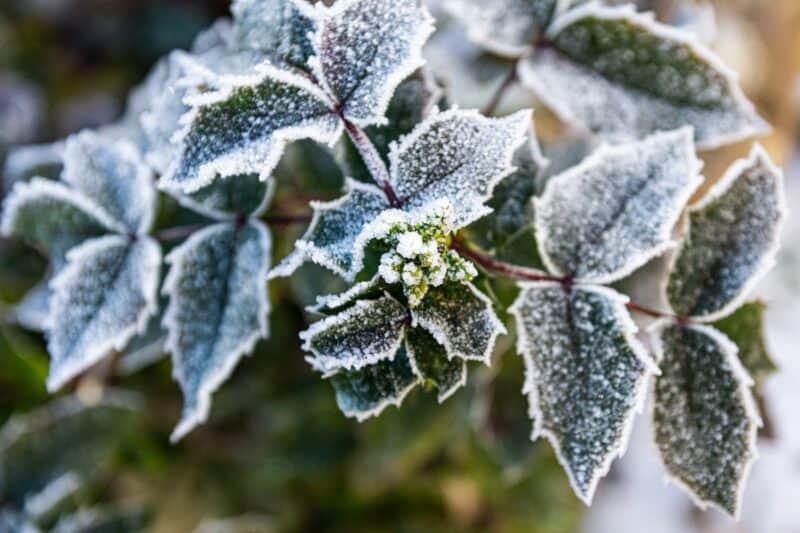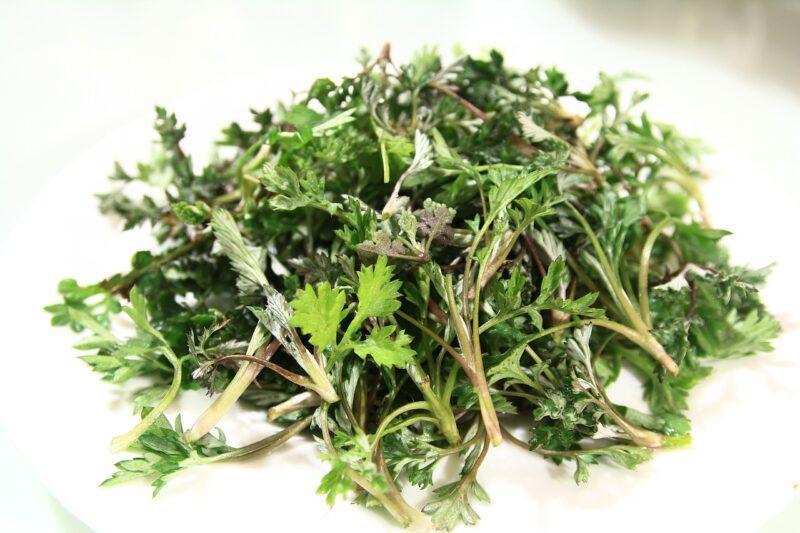One of Scandinavia’s most significant herbs
The ancient herb Anethum graveolens, sometimes known as Fernleaf Dill, was described in early Egyptian literature around 5,000 years ago. It is the most significant culinary herb in Scandinavia, and it is as popular as parsley elsewhere. Dill comes from the Old Norse term Dilla, which means “to lull,” and may be cultivated both indoors and outdoors. Dill is a wonderful foliage plant with fluffy leaves that work well as a green foil for your garden blooms. For many people, the scent of dill on their fingertips is as comforting as the leaves of handmade dill pickles. Dill water, often known as gripe water, is still used as a cure for indigestion in adults and children. It is created by infusing crushed dill seeds in hot water.
Dill is an annual that self-seeds, so if you let some of the plants go to seed, you’ll have it in your garden for a long time. Dill blooms yellow and reaches a height of 14 feet (30 meters) in the wild. Dill will grow shorter in pots indoors. Dill is easy to grow from seed, and the seedlings you pluck up while thinning are sensitive and delicious. Dill weed is made out of dried dill leaves. Plant some dill in mid-July if you need maturing seed for your fall pickles.
Cultivation requirements: it grows best in deep, well-drained, fertile, sandy soil; compost or manure is recommended. Dill must be grown in direct sunlight and watered during periods of drought. Dill is easy to cultivate from seed and thrives when grown under fluorescent lights indoors. Leave the lights on for 14 hours a day, 6 inches (15 cm) away from the plants. Dill does not transplant well, and its lengthy taproots require a deep pot. To keep plants growing longer, pinch out the tops to prevent flowering and seed set.
Dill can be planted with cabbages in the garden, but not near carrots. Dill can be used in pickles, cabbage, turnips, cauliflower, fried or grilled fish, sour cream, meats, stews, cream cheese, and dips in the kitchen. Fresh green beans, potato dishes, cheese, soups, salads, shellfish, sauces, and herbs in vegetable meals are all good options. During the last 5 minutes of broiling, sprinkle young dill on lamb, pork chops, or steaks. With salmon that has been combined with mayonnaise, seeds can be sprinkled on toast or crackers. Fish sauces can be made with seeds and leaves. For a tasty side dish, thinly slice zucchini and sauté with olive oil and fresh dill leaves.
By submerging the stems in a glass of water, fresh dill can be preserved in the fridge for a few days. Make sure the leaves are above the water and covered loosely with a plastic bag. Fresh leaves can be frozen and used in dishes in re-sealable bags. Seeds can be kept in a sealed container and used whenever they are needed. The leaves, seed heads, and seeds are edible. If cooking for a long time, use seeds; if added at the last minute, use dill weed. Dill is available in two forms: dried and frozen.
The Spiritual Significance of Dill in Ancient Times
Dill, also known as Anethum graveolens, has a rich history that extends beyond its culinary uses. This aromatic herb, native to the Mediterranean region, holds a special place in spirituality and ancient traditions.
In various ancient cultures, dill was regarded as a sacred herb with mystical properties. Egyptians, for instance, mentioned dill in their early literature dating back 5,000 years. They believed that dill had the power to protect against evil spirits and promote vitality and prosperity.
In Greek mythology, dill was associated with the goddess Aphrodite. It was believed that dill sprang up from the ground where her tears fell after the loss of her lover, Adonis. This association with love and beauty made dill a popular ingredient in love potions and charms.
Moreover, dill played a symbolic role in ancient Roman and Norse cultures. In Roman mythology, dill was believed to bring good fortune and was often used during feasts and celebrations. Norse mythology linked dill to the concept of “lulling” or soothing, as the Old Norse term for dill, “Dilla,” means “to lull.” It was believed that dill had the power to calm and protect against malevolent forces.
Beyond its spiritual associations, dill was prized for its medicinal properties. It was used to alleviate digestive issues and promote overall well-being. Dill water, a concoction made by infusing crushed dill seeds in hot water, was often used as a remedy for indigestion in both adults and children.
In modern times, dill continues to be valued for its soothing and calming effects. Its aroma is believed to have a relaxing influence on the mind and body, making it a popular choice for aromatherapy and spiritual practices.
Dill holds not only culinary significance but also a deep-rooted spiritual and historical legacy. From ancient times to the present day, this herb has captivated cultures with its enchanting aroma and believed mystical qualities. Whether used in rituals, potions, or simply enjoyed in a delicious dish, dill invites us to connect with the wisdom of the past and embrace its spiritual essence.
Remember, the next time you encounter dill, allow its aromatic embrace to transport you to a world where spirituality and ancient traditions intertwine.





